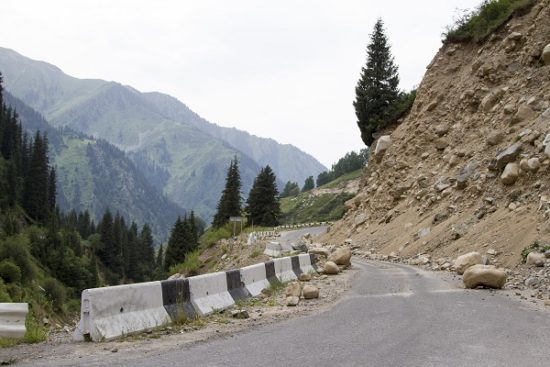- Course No E – 1224
- PDH Units 3.00
No data found for Custom Course Number
No data found for Custom Course Units
- Course No E – 1224
- PDH Units 3.00
Intended Audience: civil engineers, structural engineers, geotechnical engineers, geologists and other design and construction professionals
PDH UNITS: 3
Course Description This course is concerned with characteristics and critical aspects of the stability of excavation slopes; methods of designing slopes, including field observations and experience, slope stability charts, and detailed analyses; factors of safety; and methods of stabilizing slopes and slides. Excavation slope instability may result from failure to control seepage forces in and at the toe of the slope, too steep slopes for the shear strength of the material being excavated, and insufficient shear strength of subgrade soils. Slope instability may occur suddenly, as the slope is being excavated, or after the slope has been standing for some time. Slope stability analyses are useful in sands, silts, and normally consolidated and overconsolidated clays, but care must be taken to select the correct strength parameter. Failure surfaces are shallow in cohesionless materials and have an approximately circular or sliding wedge shape in clays. The emphasis in this publication is on simple, routine procedures. It does not deal with specialized problems, such as the stability of excavated slopes during earthquakes. This course will give you an introduction to methods that can be used to address many common slope stability issues. Course Outline 1. GENERAL 2. SLOPE STABILITY PROBLEMS 3. SLOPES IN SOILS PRESENTING SPECIAL PROBLEMS 4. SLOPE STABILITY CHARTS 5. DETAILED ANALYSES OF SLOPE STABILITY 6. STABILIZATION OF SLOPES
Learning Objectives
At the successful conclusion of this course, you’ll be able to identify and discuss:- Learn about slopes of cohesive and cohesionless soils on firm underlying strata;
- Learn about problems encountered with soft underlying strata;
- Learn about special problems encountered with stiff-fissured clays and shales;
- Learn how to address issues encountered in loess soils;
- Learn how to apply the slope stability charts presented to address many common slope stability issues;
- Learn how to apply the Method of Moments and the Method of Slices; and
- Learn how to use the Simplified Wedge Method to address slope stability issues.
Once completed, your order and certificate of completion will be available in your profile when you’re logged in to the site.










